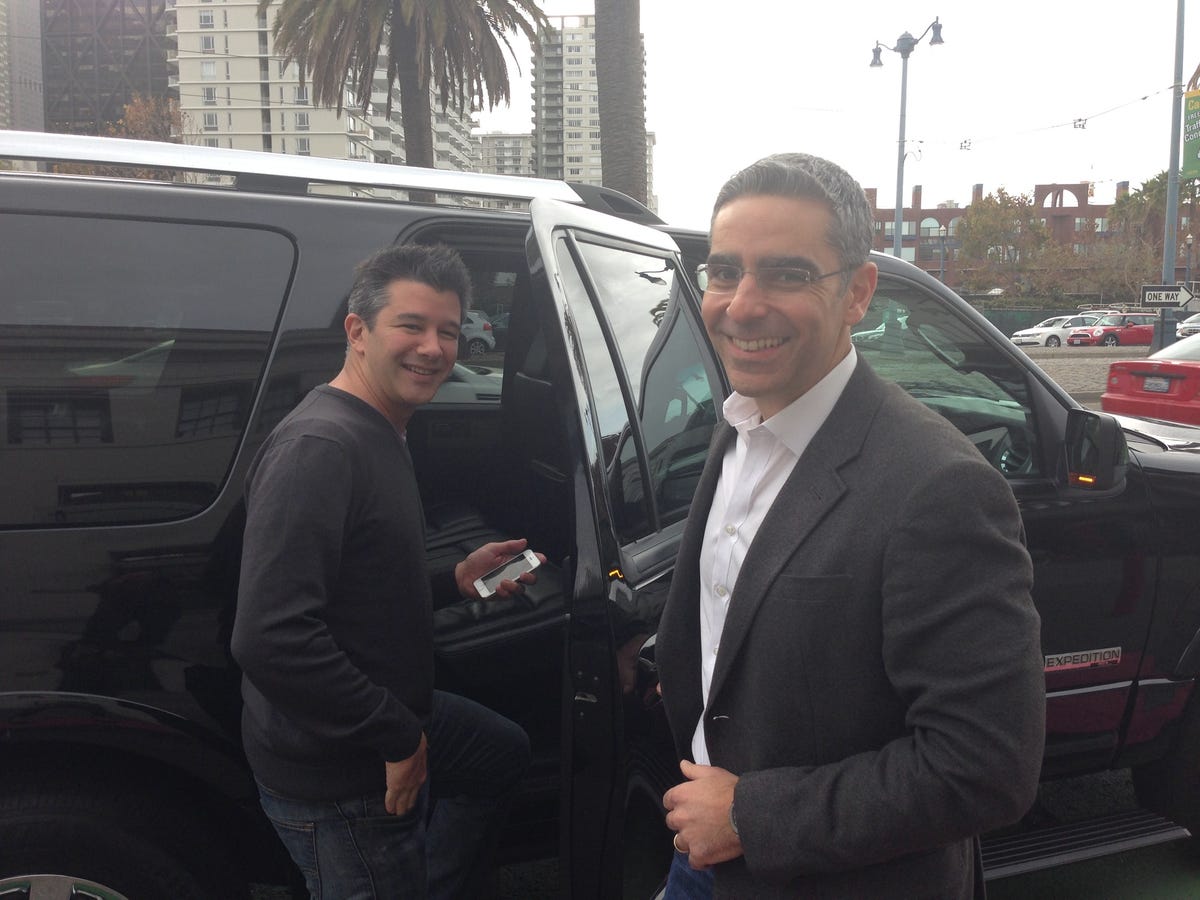
PayPal/Uber
Uber has agreed that it will put a limit on its increased rates when demand is high during widespread emergencies like Hurricane Sandy, the New York’s attorney general announced Tuesday.
The three-year agreement between the state and Uber, an on-demand car service that lets users order cars through a mobile app, comes after lengthy public scrutiny over Uber’s price surging policy. The company hikes up prices for rides when there is more demand and fewer cars. This is typically during rush hour, bad weather, or certain holidays. In addition to riders complaining about running up bills totaling hundreds of dollars on New Year’s Eve, people criticized Uber for initiating surge pricing during Hurricane Sandy.
Attorney General Eric T. Schneiderman said Uber will now limit surge pricing during incidents the government defines as “abnormal disruptions of the market.” Typically, these are emergencies and natural disasters, according to a press release from Schneiderman’s office. Uber is expected to extend this policy nationally, the office said.
“This policy intends to strike the careful balance between the goal of transportation availability with community expectations of affordability during disasters,” Uber CEO Travis Kalanick said in the release. The cap applies to any Uber service using this pricing model, including UberX, Uber Black, and Uber SUV.
To control the pricing Uber will set a cap on its pricing during these periods, with limits based on the greatest increases within the two months preceding the event. For example, a driver who typically would have charged 4.5 times more for a ride, can only charge up to 2.5 times more in the case of a widespread emergency. These estimates will vary from region to region.
Schneiderman said the agreement, which is based on a 1978 law that took aim at inflated heating oil prices, provides Uber some “clarity” on the government’s law, which covers “any change in the market, whether actual or imminently threatened, resulting from stress of weather, convulsion of nature, failure or shortage of electric power or other source of energy, strike, civil disorder, war, military action, national or local emergency, or other cause of an abnormal disruption of the market which results in the declaration of a state of emergency by the governor.”



